Setting up a rain barrel is a fantastic way to capture and reuse Mother Nature's bounty, significantly reducing your water consumption and lowering your utility bills. This comprehensive guide will walk you through the basics, focusing on tips and tricks for beginners, what the water can be used for, how to utilize a hose with a rain barrel, the special tools or equipment needed, and, crucially, how to keep mosquitoes away.
Understanding the Basics
A rain barrel is a system that collects and stores rainwater from your roof that would otherwise run off and potentially contribute to local flooding and stormwater pollution. This collected water can be used for a variety of purposes around your home and garden, reducing your dependence on municipal water supplies.
Getting Started: Choosing Your Barrel
The journey begins with selecting the right rain barrel for your needs. Barrels come in various sizes, typically ranging from 50 to 100 gallons, so consider the rainfall in your area and your water usage needs when selecting a size. Opt for a barrel made of UV-protected, food-grade plastic to ensure longevity and safety if you're using the water for edible plants.
Positioning Your Barrel
Place your barrel under a downspout from your roof gutters. This location will maximize water collection. Ensure the area is level and stable; you might need to lay down a foundation of pavers or concrete blocks. A solid foundation is critical because a full barrel can be incredibly heavy and prone to tipping if not properly secured.
Tips and Tricks for the Beginner
- Overflow Valve: Ensure your barrel has an overflow valve. During heavy rainfalls, your barrel can fill quickly. An overflow valve will direct excess water away from your home's foundation, preventing potential water damage.
- Debris Filter: To prevent leaves and other debris from entering your barrel, install a mesh screen or gutter guard over your downspout. This will help keep the water cleaner and reduce maintenance.
- Child and Pest Safety:Choose a barrel with a secure, child-proof lid to prevent accidents and keep animals and mosquitoes out. The lid should allow for airflow but block pests effectively.
Utilizing the Collected Water
Rainwater collected in your barrel is perfect for a variety of uses around your garden and home. Here’s what you can do with it:
- Watering Your Garden and Lawn: This is the most common use. Rainwater is naturally soft and devoid of chlorine, making it healthier for plants.
- Washing Your Car: It’s great for washing cars since it’s soft water and will leave fewer spots.
- Filling Birdbaths and Ponds: Rainwater can be used to top up ponds and birdbaths around your garden.
How to Utilize a Hose with Your Rain Barrel
To water your garden efficiently with a hose, your barrel needs to be elevated. The higher it is, the better the gravitational force, and thus, the better the water flow through your hose. You can buy or build a sturdy stand for this purpose. Attach a spigot or garden hose connector to the barrel's bottom or side (near the bottom) to make it easy to attach your hose.
Special Tools or Equipment You Might Need
Several accessories can enhance the functionality of your rain barrel:
- Rain Chains: A beautiful and functional alternative to downspouts, directing rainwater into your barrel.
- Linking Kits: If one barrel isn't enough, you can link multiple barrels together to increase your storage capacity.
- Submersible Pump: For more robust water extraction, especially over longer distances or for higher water pressure, consider using a pump.
Keeping Mosquitoes Away
The last thing anyone wants is a barrel full of mosquito larvae. Here are some effective strategies for keeping mosquitoes at bay:
- Keep it Covered: Always ensure your barrel has a secure lid with no gaps. Mesh screening can provide necessary ventilation while keeping mosquitoes out.
- Use Mosquito Dunks: These are harmless to plants and pets but deadly to mosquito larvae. They can be added directly to the water in your barrel.
- Maintain Cleanliness: Regularly clean and maintain your barrel to prevent algae and mold growth, which can attract mosquitoes.
Setting up a rain barrel is an eco-friendly and cost-efficient way to manage water resources in your household. While it requires an initial investment of time and some money, the rewards in reduced water bills and the satisfaction of contributing positively to the environment are well worth the effort. By following these tips and tricks, even beginners can successfully install and maintain a rain barrel system, enjoying the plethora of benefits it brings to their garden and home.
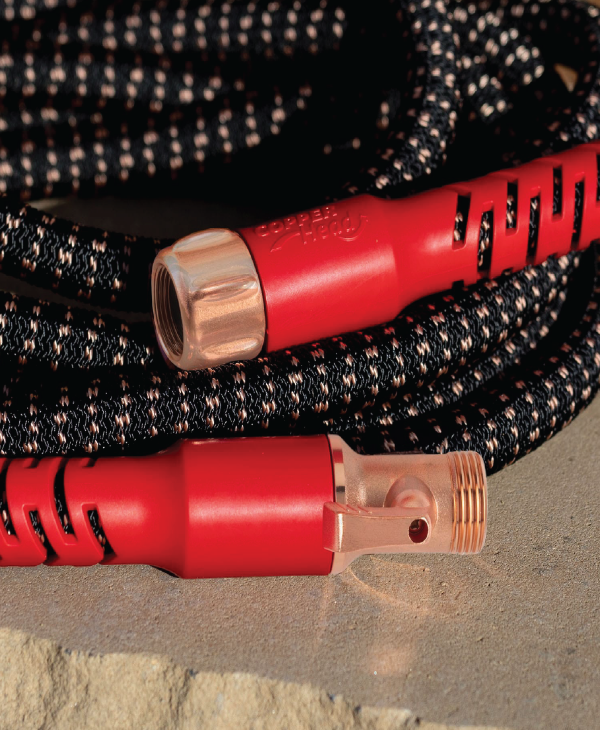
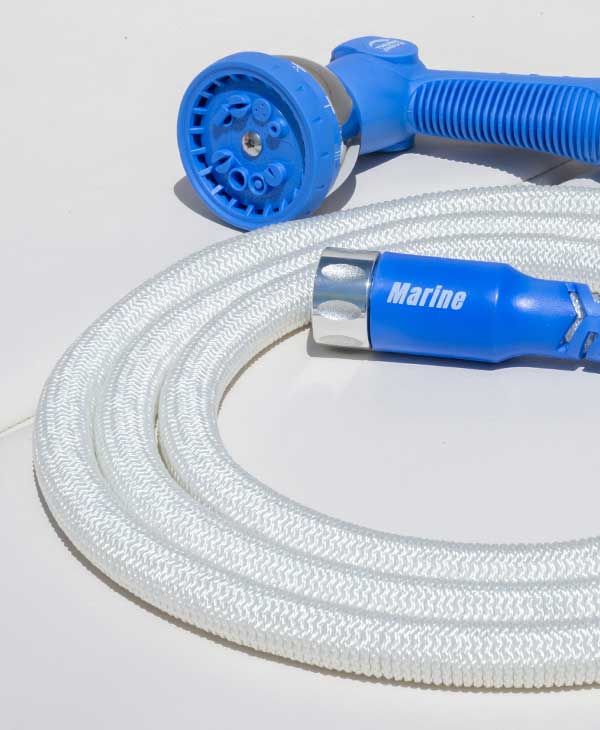
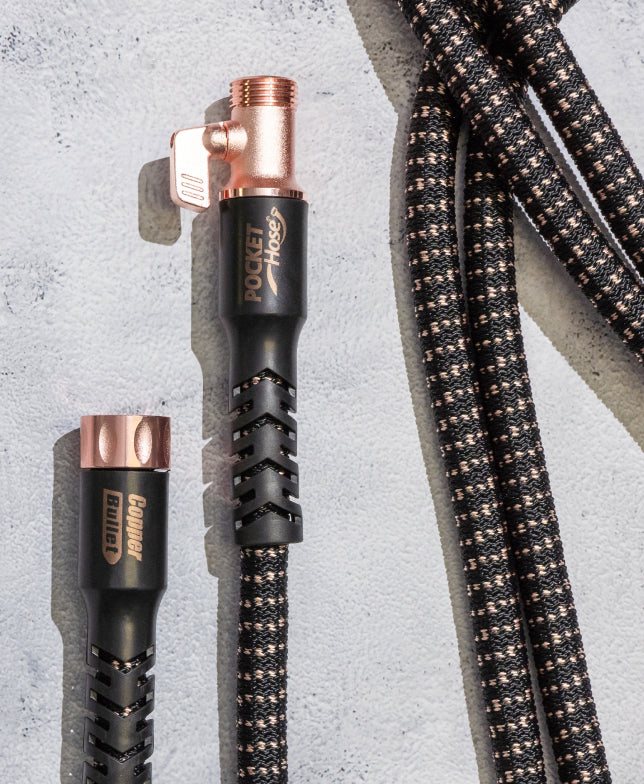
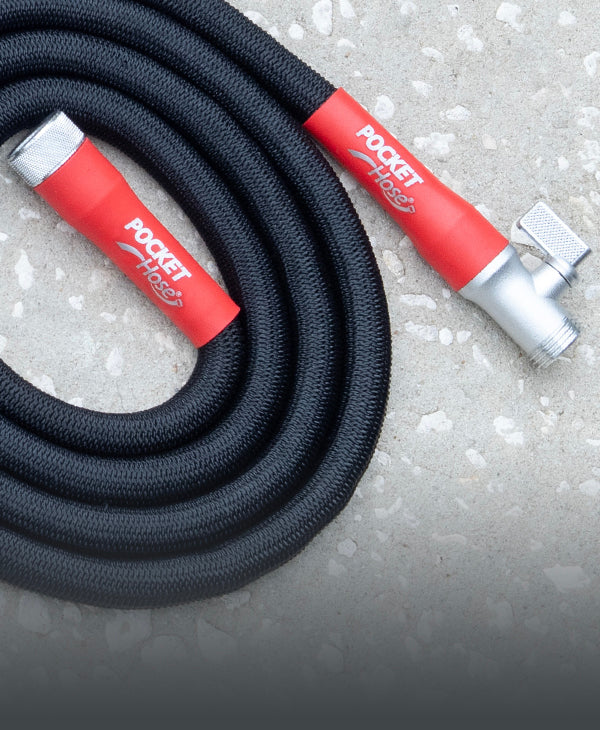
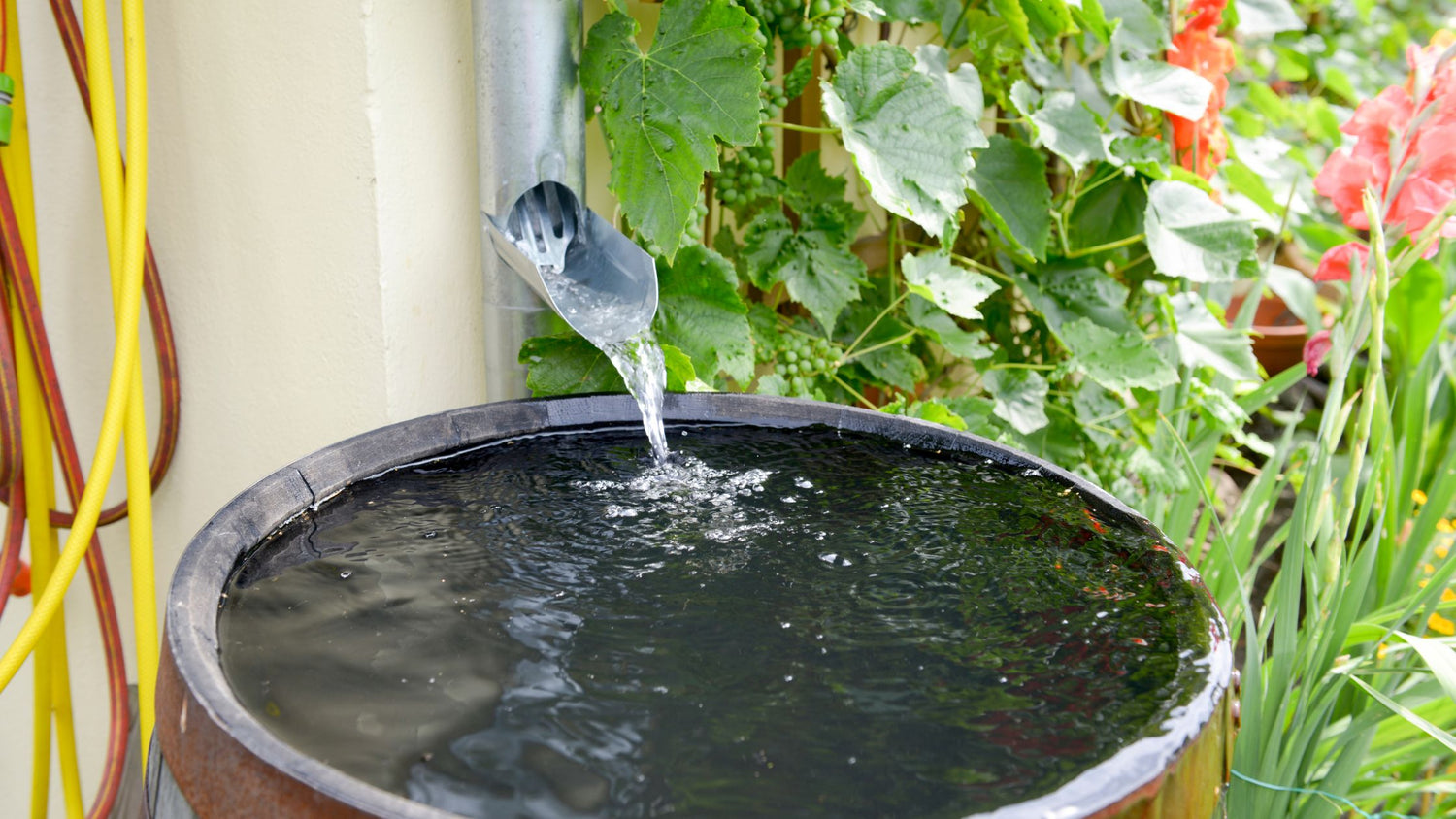

Leave a comment
This site is protected by hCaptcha and the hCaptcha Privacy Policy and Terms of Service apply.